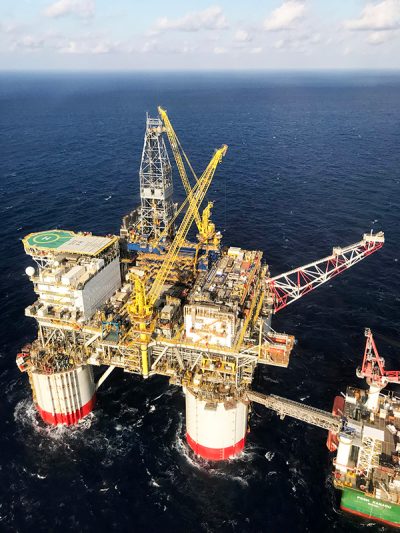Too much snow': Hawkins church roof collapses during Sunday winter storm
Jeff Bobo
December 10, 2018
CHURCH HILL, TN —
Heavy snow Sunday forced Vision Missionary Baptist Church to cancel services, which was very lucky because shortly before sundown the roof collapsed on the unoccupied sanctuary under the weight of about a foot of snow.
Claudette McDavid, whose husband, Harland, is the church’s associate pastor, told the Times News that employees from the nearby Dollar General store on Carters Valley Road heard the roof collapse Sunday evening shortly before dark and contacted them.
"Evidently, it was just an act of nature," Mrs. McDavid told the Times News on Monday. "Just too much snow. The roof came down and buckled out the walls. It came down on everything. There's one little part of it still standing where the steeple was."
Aside from the sanctuary, the building at 5213 Carters Valley Road featured a nursery, sound room and restrooms, all of which were buried under snow and twisted metal.
"It looks like everything is gone," Mrs. McDavid said. "We're on the phone with insurance people now. It was so bad last night by the time some of the church people got up there you really couldn't see, but my husband said it looks like it would all be destroyed. It fell from the back to the front, and doing that it bowed out both sides of the walls."
Church member Rhonda Sellers said her husband and son were able to salvage a Bible from the 1800s, a church plaque and some pictures from the sanctuary.
Sellers said it was too dangerous to try to save more.
There's a large fellowship hall on the property for Sunday school, and that's where services will be held for the foreseeable future.
McDavid said she's just glad the Lord saw fit to let the roof fall when no one was inside the church.
"You never know what the Lord's plan is for us, but He always comes through," she added.
Aside from the church roof collapse, Hawkins County's weekend snow experience included a large number of fallen trees, power outages and one family evacuated when a tree fell through the roof of their mobile home in Poor Valley.
As of Monday afternoon, however, Hawkins County had no reported injuries attributed to Sunday's snow storm.
First thing Monday morning, Holston Electric was reporting more than 700 customers without power, but as of 2 p.m. Monday afternoon that number had been reduced to 538.
Hawkins County Emergency Management Agency Director Gary Murrell said this was a heavy, wet snow that caused an unusual number of fallen tree- and power-line issues.
"Holston Electric has been out working since early Sunday morning, but we've got places where it took poles down and everything," Murrell said. "We had one incident at 951 Poor Valley Road where a tree fell into the residence. We went and got those people, and the Red Cross has put them up in a motel last night and tonight. Fallen trees are everywhere right now."
As of Monday afternoon, War Valley Road between Goshen Valley Road to Burem Road was closed due to fallen trees, and Holston Electric was there working to get poles back up.
Route 31 above Mooresburg was closed Sunday evening due to a slide of fallen trees, poles and lines, and Murrell said he hadn't received an update on if that road had reopened.















